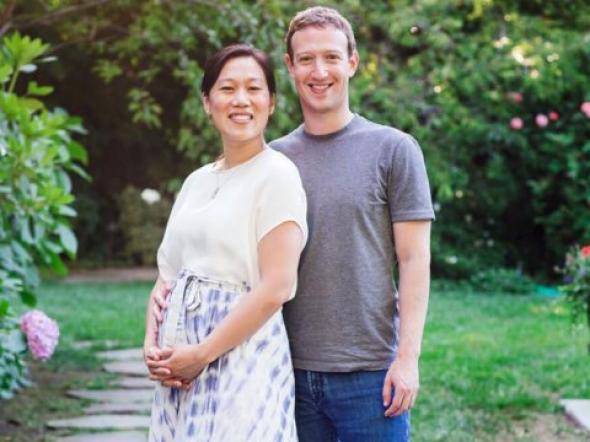Last week, Facebook’s Mark Zuckerberg announced his plan to take two months of paternity leave after his wife Priscilla Chan gives birth. Compare that to Yahoo’s Marissa Mayer, who is expecting twins at the end of the year: She says she’ll be “taking limited time away and working throughout.”
Virtually everyone agreed on which CEO was setting the right example. “The boss taking a leave sends an important message to employees that the company policy is authentic,” said Ellen Bravo, executive director of Family Values @ Work. “It’s hard to overstate what a big deal this is,” Catherine Rampell wrote in the Washington Post.
Something to add to the conversation: a newly published study on how men use parental leave by the National Bureau of Economic Research. Its findings show how much Zuckerberg accomplished with one simple announcement—and, perhaps, how much more he and others could still do.
California began offering up to six weeks of paid family leave for mothers and fathers in 2004, issuing payments of up to 55 percent of pay up to a set amount (in 2015, that’s $1,104 a week), funded out of the state’s disability insurance program. According to the NBER paper, men filed almost 20 percent of claims under the program in 2005, a proportion that increased to 30 percent by 2013.
The researchers found the California dads were more likely to take leave following the birth of their first child, but to forego paid time off for the birth of other children. They were also more inclined to spend time with a newborn son over a newborn daughter, especially if they were filing a claim for a second-born child.
Finally, the chances that new dads would take leave at all increased if they worked in a field with significant numbers of women. This may be a form of self-selection, but researchers also suspect that men working in these fields are falling prey to a positive form of peer pressure. “When there are more mothers taking leave in a given occupation, it may be easier for fathers to do the same,” they write. “Taking parental leave becomes more socially acceptable as more people use it.”
The last finding is key. Research shows that millennial couples start out wanting both partners to contribute equally to family life, but that desire doesn’t seem to last into parenthood. Workplaces offer a seemingly insurmountable roadblock to the best-laid plans, frequently penalizing men for seeking work-life balance. When Claire Cain Miller broke down the data for the New York Times, her headline concluded that Millennial Men Aren’t the Dads They Thought They’d Be. “They say, ‘I didn’t realize how much of a ding it would be on my career,” Laura Sherbin, the director of the Center for Talent Innovation, a workplace research group, told Cain Miller. Others come to similar conclusions. In his Los Angeles Times opinion piece “Face it, Most Millennial Dads are Hypocrites,” Steven Weiss described how his decision to co-parent was unusual among his neighbors and friends, declaring, “It’s apparent that relatively few Millennial men are walking the walk.”
So perhaps Zuckerberg should be simultaneously lauded for his announcement and pushed to do more. The Times reported that while Facebook offers both men and women four months of paid time off to spend with a newborn, only a majority of women were taking full advantage of the benefit. Facebook’s male employees typically took two months to be home with their newborn children, despite the human resources department’s best efforts to convince them to use all their allotted time.
It seems a bit much to suggest that the chairman and chief executive of a $300 billion company can simply absent himself for a third of the year. But if two months is okay, why not four? Or at least three? The data is clear: Modeling matters.
